Top Projects That Will Reshape Los Angeles
Construction activity hasn’t lost steam in L.A., where developers are moving ahead on massive mixed-use projects and infrastructure improvements that are transforming the city.
Check out our other articles in the series to discover the top projects reshaping San Francisco, Tampa, Austin, Phoenix and Queens.
Los Angeles has maintained its status as a nexus for development despite recent challenges, and while developers stayed the course, they adapted to a new reality shaped by the pandemic. From procuring permits online to integrating touchless technologies, companies are emphasizing the importance of features needed to navigate the “new normal” and are responding to shifting consumer preferences.
While LA continues to gear up for major sporting events, including the 2021 MLS All-Star Game, the 2022 Super Bowl and the 2028 Olympics, one massive project has already debuted—the 3.1 million-square-foot SoFi Stadium hosted its opening game in September.
READ ALSO: Exploring the Power of Adaptive Reuse
We’ve compiled a list of notable projects, ranging from sprawling mixed-use developments to major infrastructure improvements, all with a focus on enhancing mobility, promoting housing and sustainability, and creating civic destinations. These projects are expected to transform the city in the years to come.
1. The Grand
Related Cos.’ long-anticipated $1 billion mixed-use development in Downtown LA is expected to serve as a vibrant center of community and commerce upon completion in 2022. A public-private civic project spanning three city blocks, The Grand is set to incorporate a 39-story apartment tower, a 20-story Equinox Hotel, and a host of shopping, entertainment, culinary and outdoor elements.
Affordable units make up 20 percent of the 400-unit residential component—”a positive step for making downtown LA a place to live for people at all income levels,” according to Jessica Lall, president of business advocacy group Central City Association.
Designed by architect Frank Gehry, The Grand is set to become “the linchpin of the Grand Avenue Arts Corridor,” Rick Vogel, senior vice president at Related, told Commercial Property Executive. The project has been in the making since 2004, with work advancing even amid the pandemic.
“Our biggest challenge was the Great Recession. During this time, we focused on completing other components of the larger Grand Avenue project: Grand Park, a 12-acre public park, completed in 2012; The Emerson residential tower, completed in 2014; and The Broad contemporary art museum … completed by The Broad Collection in 2015,” Vogel noted.
The pandemic has shifted development and design trends, with outdoor experiences becoming increasingly sought after. Comprising public spaces such as a landscaped plaza with open seating, The Grand will include features needed to navigate the new reality. Related intends to integrate touchless, frictionless and cashless technologies into the project, Vogel explained.
Developed in partnership with CORE USA, The Grand also brought infrastructure changes and investment to the area. The Metro Regional Connector—a $1.6 billion, 1.9-mile light rail subway underway—will expand and improve mobility access to the Grand Avenue Arts Corridor.
2. West Edge
Rising at the corner of Bundy Drive and Olympic Boulevard on a 4.8-acre site in West LA, the fully integrated neighborhood node is slated to feature 200,000 square feet of creative office space and 600 luxury apartments, landscaped terraces on five floors, restaurants, a full-size grocer and an open-air plaza—spanning 0.5 acres—with dining, retail and fitness options. Located on the former site of the Martin Cadillac dealership, the project is a joint venture between Hines, USAA Real Estate and Philena Properties.
The transit-oriented development is promoting a car-free lifestyle, Hines Associate Matthew Hines said. “By building high-density housing and retail next to transit, we are investing in the growing public transit infrastructure in LA,” he noted.
The developers are committed to improving traffic flow in the area as well as promoting sustainability—20 percent of the on-site parking stalls will accommodate EV charging. The partnership is also investing in technology infrastructure and the undergrounding of the overhead power lines and telecom infrastructure along Olympic Boulevard. Distributed antenna systems are set to deliver 5G coverage, and Wi-Fi will be available in public and amenity areas.
The project is also addressing housing concerns, with West Edge set to include 121 affordable and workforce units. Plans call for safety elements such as an HVAC system that incorporates 100 percent outside air economizers and touchless features in access controls, elevator systems and public restrooms. Additionally, the health crisis has prompted West Edge developers to accomplish certain processes differently.
“We have had to adapt to working with the city to procure our building permits remotely instead of in-person. We have also taken a close look at our material supply chain to actively predict and mitigate potential project delays. However, the project remains on schedule for initial delivery in the second quarter of 2022,” Hines unveiled.
3. The LAX Landside Access Modernization Program
The $5.5 billion program aimed at improving ground access to Los Angeles International Airport is well underway after nearly a decade of planning and site preparation work. Part of the larger $14.3 billion Capital Improvement Program, LAMP includes five elements: the $2 billion automated people mover (APM); the $1 billion Consolidated Rent-A-Car facility; two Intermodal Transportation facilities (ITFs) totaling $220 million; and roadway improvements.
Development has progressed recently, with workers taking advantage of lower passenger and vehicle volume. Roadways were closed for longer periods of time, without impacting airport operations, according to Jake Adams, deputy executive director at Los Angeles World Airports & program executive for LAMP.
“Prior to the pandemic, work in the LAX Central Terminal Area (CTA) only took place at night, but we have been able to work multiple shifts to continue the construction progress. Our ITF-West facility will open this summer, while the remaining elements are slated to be completed in 2023,” Adams revealed.
The 2.25-mile APM—the program’s centerpiece—will connect the central terminal area with the ITFs and the rent-a-car facility. When functional, the APM will operate with nine trains, with rides taking 10 minutes or less.
“With trains arriving at stations every two minutes during peak hours and with a yearly capacity of 87 million, the APM will move travelers in and out of the LAX CTA at a high frequency in a timely manner,” Adams said. The car rental facility will consolidate operations in one location, resulting in the removal of 3,200 rental car shuttle trips to the CTA per day and more than 1,000,000 per year, he explained.
Roadway improvements include the widening of La Cienega Boulevard, Arbor Vitae Street and Century Boulevard, as well as the extension of 98th Street and Concourse Way.
LAWA has made the local community and small businesses a top priority. “The contracts in place to build the future of LAX require a minimum 30 percent local-hire workforce on the APM and Consolidated Rent-A-Car facility projects during the design and construction phases. The contract also requires utilization of small and local businesses, minority-owned businesses, disabled veterans’ businesses and so on,” Adams said.
Future plans include connecting the APM with a $500 million light rail transit hub to be developed at the intersection of Aviation Boulevard and Arbor Vitae Street. In addition to various bus lines, the station will be served by the Metro C and Crenshaw/LAX lines.
4. The Metro Crenshaw/LAX Transit project
The 8.5-mile light rail line broke ground in 2014 and was approaching 97 percent completion as of late October, Metro Communications Manager Jose Ubaldo told CPE. Slated for delivery in 2021, the $2.1 billion project will extend light rail transit service from the Expo Line’s Exposition/Crenshaw station to the Green Line’s Aviation/LAX station.
The line will provide transportation options along Crenshaw, Inglewood, Westchester and LAX, and will feature eight new stations. Ubaldo explained that this will allow residents to travel all over the county, from Crenshaw to the airport, Santa Monica, downtown LA, the San Fernando Valley, Pasadena, Long Beach and Azusa. Moreover, the Airport Metro Connector and LAWA’s people mover will provide a reliable connection to LAX.
“A very complex undertaking, the project features nearly every type of light rail alignment … Due to the dynamic nature of the project, the highly complex construction required and the critical testing components necessary for fire & life safety, our contractor is making progress as we near the finish line,” Ubaldo revealed.
5. The Metro Purple (D Line) extension
The much-anticipated Purple Line—renamed the D Line—subway transit project is considered “the most complex engineering feat in the modern history of LA Metro Rail construction … traveling through some of LA County’s most densely urbanized neighborhoods and underneath some of the most challenging geologic conditions,” according to Dave Sotero, Metro communications manager.
The multibillion-dollar project is split into three sections, with the first two segments already underway. The 7-mile extension will include seven stations along Miracle Mile, Beverly Hills, Century City and Westwood, with the sections expected to open in 2023, 2025 and 2027, one year prior to the 2028 Summer Olympics.
READ ALSO: What Real Estate Could Expect From the Next Administration
Metro began construction on the first segment in 2014. Section one extends the line by 3.9 miles, with more than 85 percent of the tunnels and excavation for all three planned subway station boxes beneath Wilshire Boulevard complete, Sotero explained. “Metro anticipates completing the last mile of tunneling to Wilshire/La Cienega this winter,” he added. By taking advantage of low traffic due to COVID-19, Metro was able to expedite some construction work in Beverly Hills.
“The extension will be transformational for downtown LA and the city,” Central City Association’s Lall said. Once complete, the extension will fill a critical gap in Metro Rail service, connecting the region with downtown and beyond.
According to Sotero, the extension to the planned Westwood/VA Hospital station “will generate about 49,300 daily weekday boardings at the seven new stations … There will be about 78,000 new daily trips on the full Metro Rail system as a result of opening this line.” Furthermore, when the entire project is complete, it is projected to take about 25 minutes to travel between downtown and Westwood.
6. The Sixth Street Viaduct replacement project
The $588 million project led by Los Angeles City Engineer Gary Lee Moore and the City of Los Angeles Bureau of Engineering is considered the largest bridge project in the history of LA. Spanning 3,500 feet between downtown LA and Boyle Heights, the bridge replaces the original 1932 viaduct. Developers started work on the new bridge in 2015, with the demolition of the old viaduct completed in 2016.
Stretching across the LA River, the Sixth Street Viaduct will be accompanied by a 12-acre park in Boyle Heights and the Arts District. Developed as a separate project, the green space will provide access to public art and recreational activities, among others. Both sides of the roadway will feature pedestrian paths across the river, with stairways and access ramps for pedestrians and cyclists.
READ ALSO: Top Projects That Will Reshape Tampa
“As Downtown continues to grow, we need to ensure that it is connected to an even more expansive and reliable transit service and that we continue to improve pedestrian and bike connectivity with infrastructure projects,” Lall said.
Funded by the Federal Highway Transportation Administration and the California Department of Transportation, along with city funds, the new viaduct was designed by Michael Maltzan Architecture and is slated for delivery in 2022.
7. Lucas Museum of Narrative Art
George Lucas and Mellody Hobson’s $1 billion museum is rising in South LA’s Exposition Park, spanning more than a quarter-mile along the east side of Vermont Avenue. Designed by Ma Yansong of MAD Architects, the highly anticipated project broke ground in March 2018. Plans call for a 300,000-square-foot building on an 11-acre site, surrounded by 6.7 acres of parkland and gardens designed by Studio MLA.
The founders will oversee construction, collection and endowment costs. The project is estimated to generate some 1,500 construction jobs and 350 permanent positions when delivered later this year.
The five-story facility will include 100,000 square feet of dedicated exhibition space, a library, theaters, digital classrooms, event spaces, restaurants and offices. The museum will feature “bold new architectural design and will be a one-of-a-kind gathering place to experience exhibitions, films and programs dedicated to the power of visual storytelling,” Lall explained.
The Museum’s collection includes book and magazine illustrations, comic books and comic strips, paintings, drawings, photographs, posters and visual materials from the arts of filmmaking. The exhibitions will feature works from the collection.
In addition to the Lucas Museum, several other major museum projects are underway in LA. The Los Angeles County Museum of Art is working on its Miracle Mile campus replacement project, which entails demolishing four structures to clear space for a Peter Zumthor-designed building, with costs projected to amount to $750 million. To the west of LACMA’s campus, the $400 million Academy Museum of Motion Pictures is nearing completion, with delivery pushed to 2021 due to pandemic-generated delays.
Also in South LA, the $100 million outdoor museum dubbed Destination Crenshaw broke ground in February 2020. Designed by Perkins + Will, the 1.3-mile open-air museum dedicated to public art celebrating black history and culture will feature community gathering spaces and parks as well as landscape and streetscape improvements.

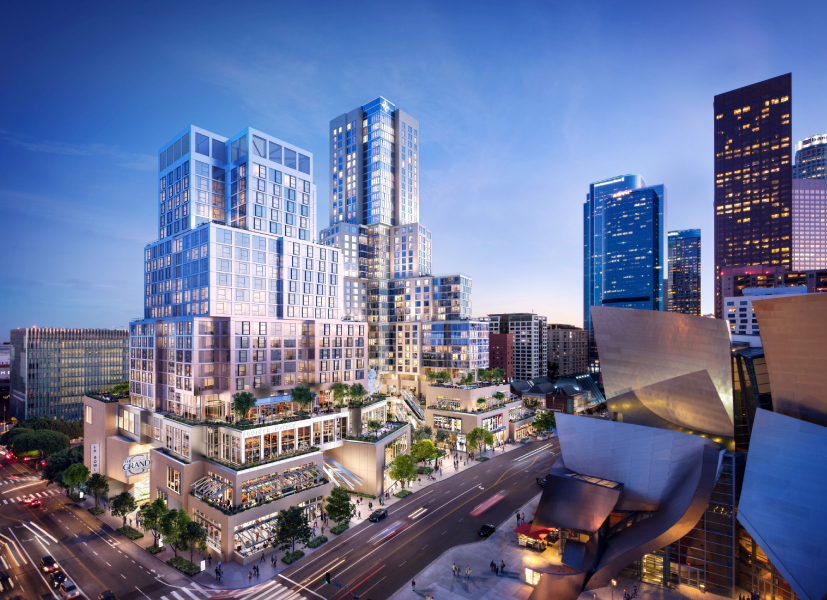
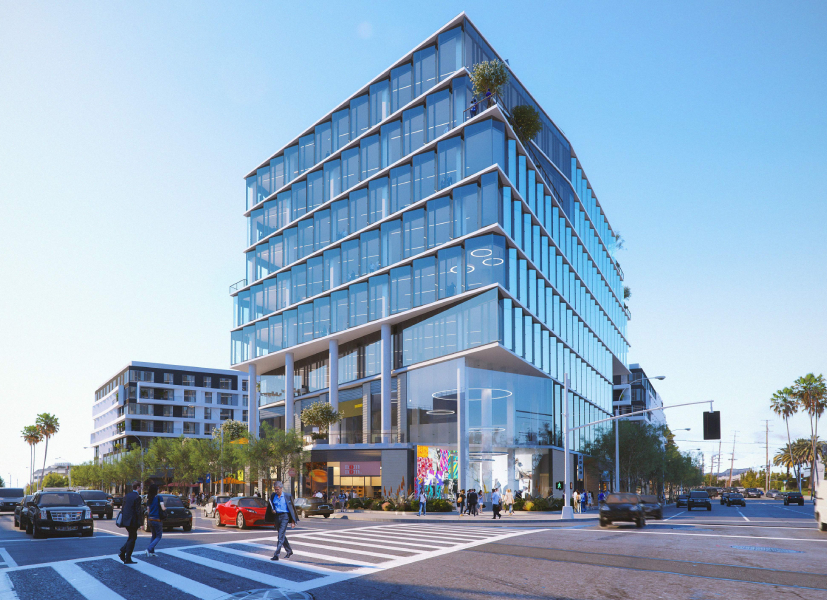

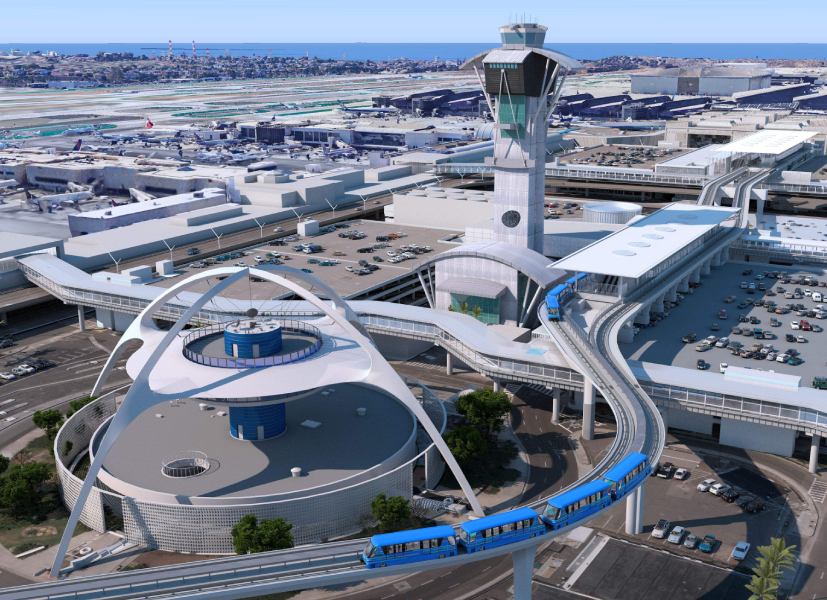
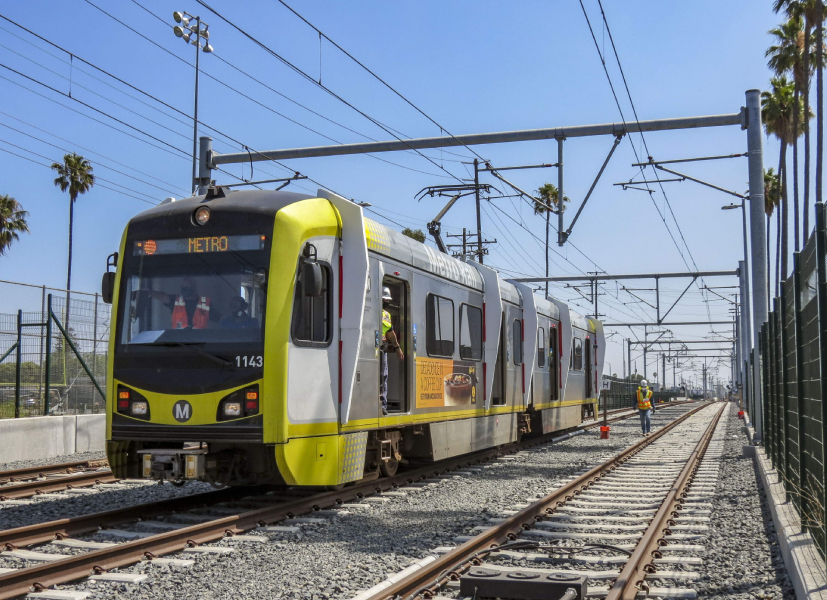
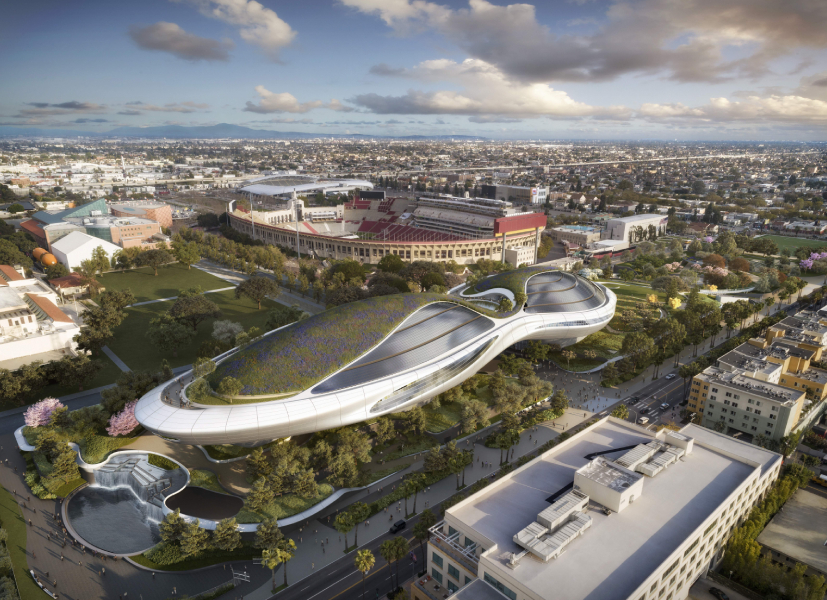






You must be logged in to post a comment.